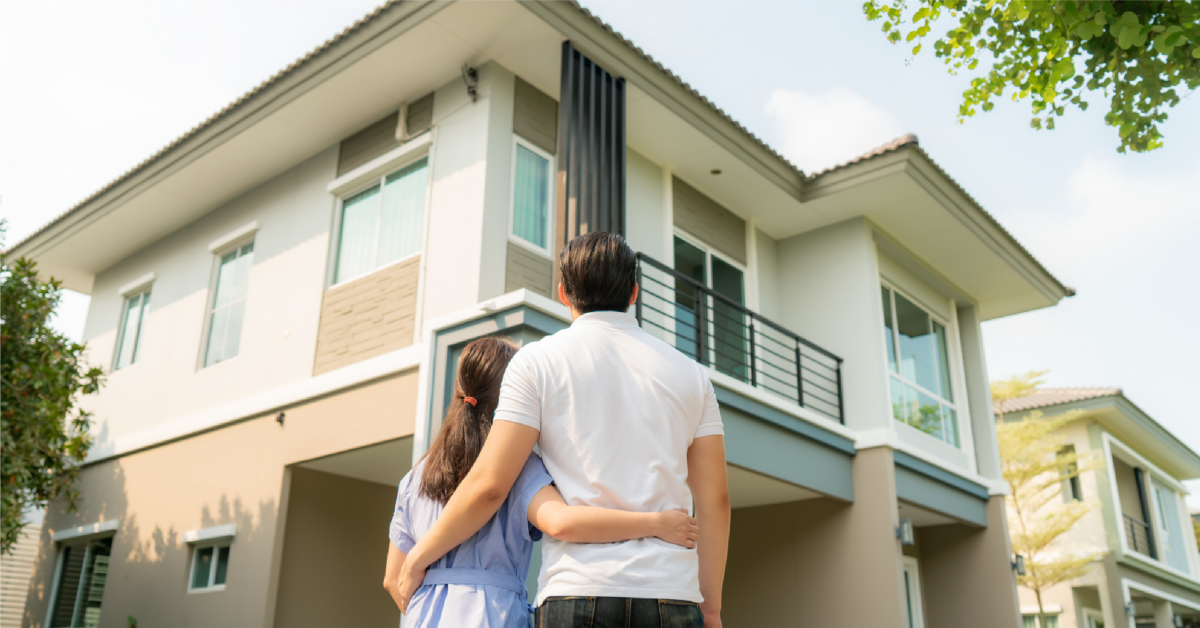The Reserve Bank of Australia (RBA) has announced it will hold the cash rate at 4.35%. This is the third time it has been held since November.
Sentiment has changed since the last cash rate update. Inflation data, while decreasing over the year, was above market expectations for the quarter. This shows inflation is proving harder to tame than anticipated. The data has led to many economists pushing back their forecasts for a cash rate cut until later in the year or into 2025. Some are predicting an increase before we see any cuts. As is often the case with economic predictions, only time will tell.
Investor confidence is high
Despite the cash rate sitting higher than it has been in years, we have seen an increase in the number of investors. Loan Market data shows a 16% increase in the year to April compared to the year before.
Investors generally look at two strategies – high rental yield or growth (or most ideally, combining them, though this can be rare). High rental yields are when a property brings in a high rental price compared to the cost of the property, which can be a more reliable income return. High growth is when the value of the property increases significantly from when it is purchased to when it is sold.
Areas attracting interstate investors
What we are also seeing is a growth in investors purchasing property in a different location to where they live. This could be a way for people to get into the property market or broaden their property portfolio in areas that are more affordable or offer stronger returns in either rental yield or growth.
Leading this trend is Western Australia. Baldivis and Mandurah saw over half of investment properties purchased by people from outside the state (82% and 72% respectively). The Armadale region saw 64%.
Queensland also had a number of regions that attracted interstate investors. These included the Coomera region (49%), the Beenleigh region (47%), Ripley (41%), Surfers Paradise (33%) and Caloundra (29%).
Craigieburn (23%) and the Tarneit region (23%) in Victoria rounded out the top ten.
The top suburbs for property growth
Looking around the nation, some areas have seen growth of over 22% over the last year. Munno Para West – Angle Vale in South Australia saw average house prices grow from $449,000 to $549,000, according to Neoval.
Looking at properties under $1 million, the highest-growth areas by dollar value in each state were:
| State | Suburb | Avg house price April ‘23 | Avg house price April ‘24 | Growth |
| ACT | Gordon | $899,619 | $983,452 | $83,833 |
| NSW | St Clair | $899,934 | $986,540 | $86,606 |
| NT | Ross | $777,126 | $874,721 | $97,595 |
| QLD | Morayfield | $722,123 | $856,690 | $134,567 |
| SA | Adelaide Hills | $663,989 | $778,105 | $114,116 |
| TAS | Kingston Beach – Blackmans Bay | $912,818 | $982,166 | $69,348 |
| VIC | Chelsea Heights | $934,918 | $993,745 | $58,827 |
| WA | Mundijong | $804,288 | $969,471 | $163,183 |
This shows the highest growth over the last 12 months was in Western Australia, Queensland and South Australia.
According to Ray White Data Analyst Jemima White, these states have more affordable major-city suburbs, compared to New South Wales, Victoria and the Australian Capital Territory.
“These suburbs either in or surrounding major cities may continue to see the greatest price growth as the affordable major-city market is continually shrinking nationwide,” she said.
“On a whole, it seems that with historically low vacancy rates, possibilities of interest rate cuts and high population growth, the Australian capital-city property market will continue to be harder for first-home buyers to get in. Rentvesting is one way to live in an expensive city but invest in property in a much more affordable area.”
If you are considering purchasing property – either to live in or to expand your investment portfolio, speak to your broker.







